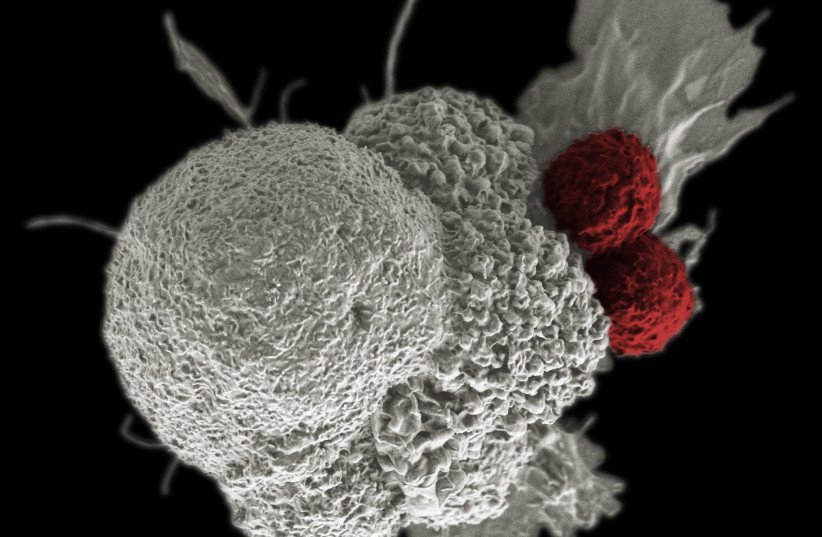Men often have higher cancer rates than women, but while some have thought it could be due to environmental risk factors, a new study suggests that underlying biological factors may be at fault.
The findings of the study were published in the peer-reviewed academic journal Cancer.
The implications behind this study may point to different risks for cancer depending on sex, which in turn can help improve cancer prevention and treatment.
<br>Cancer: One of the world's most prolific killers
Cancer is widespread across the globe and is either the leading or one of the leading causes of death in countries worldwide.

In the US, for example, 448 people per 100,000 people will get cancer, and 156 people per 100,000 people will die from it.
But how does this differ between sexes?
Overall, both males and females have roughly equal probabilities of developing cancer at some point in their lives. This includes sex-specific types of cancer, such as prostate cancer or ovarian cancer.
But what about the cancers that both sexes can get?
Here, the data tells a different story.
Statistically speaking, men seem to have over twice as high of a risk for these types of cancer than women.
Now, this itself is nothing new and researchers have been aware of it. The cause, however, is another story, and many scientists were unclear about why this happened.
Generally speaking, the most common assumption was behavioral. Males and females would apparently undertake different behaviors, which in turn would lead to different rates of cancer risk.
These could range from smoking rates, alcohol use, healthcare access, cancer screenings, dietary habits, other exposure to carcinogens and more.
But the data in these assumptions has been somewhat questionable due to a focus on cancer registry data, rather than data from individuals that properly studied how much these behavioral differences related to higher cancer risks.
<br>Why do men have higher cancer risks than women?
To answer this question, the scientists behind the study took a look at the cases of over 170,000 males and over 122,000 females that took part in the National Institutes of Health (NIH)-AARP Diet and Health Study from 1995 to 2011.
This study itself was a survey with a baseline questionnaire sent to 3.5 million members of the AARP, which formerly was called the American Association of Retired Persons.
The respondents were all between the ages of 50 and 71 and lived in six different states in the US.
The cases studied in this study were specifically those who finished the questionnaire and a follow-up questionnaire that dealt with risk factors, diets and other lifestyle factors.
Excluded, though, were respondents who already had cancer, were in self-confessed poor-health or had very high or low caloric intakes.
These cases were then examined for the development of cancer in 21 different locations throughout the body over time.
So what did the data show?
Overall, 17,951 new cancer cases arose in male respondents over this time period, while only 8,742 arose in women.
This was also true with every type of cancer that the researchers looked for, with the exception of thyroid and gallbladder cancer where women actually had more cases than men.
The types of cancer where the gap between men and women was most evident was bladder cancer, where men were 3.3 times more likely to have it than women; larynx and gastric cardia, both where men are 3.5 times more likely to have it than women; and the esophagus, where men were 10.8 times more likely than women to have it.
But what about risk factors? What about smoking, or alcohol use or other behaviors associated with higher risk of cancer?
Well, even when taking that into account, not only did men still have a higher risk than women, but these risks only played a minor role in any adjustment based on sex.
So what does this mean?
Well, it means that despite risk factors like smoking and alcohol use notably raising one's risk for cancer, there must be something else going on here.
Exactly what that may be is unclear, but it seems to almost certainly be something biological, some difference between males and females that could be anything from genetics to physiology or something else entirely.
It further shows that the fight to end the sex disparities in cancer is still far from over - but with discoveries like this, the end may be one step closer.
